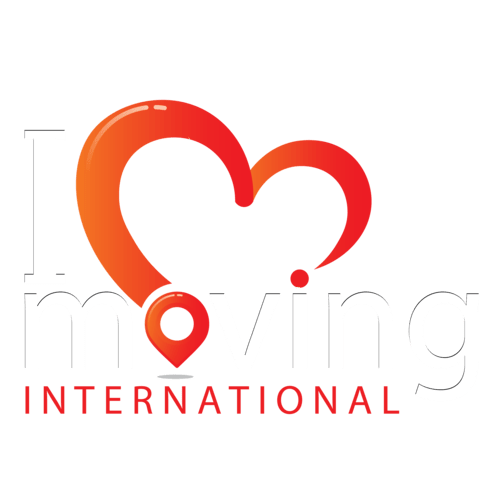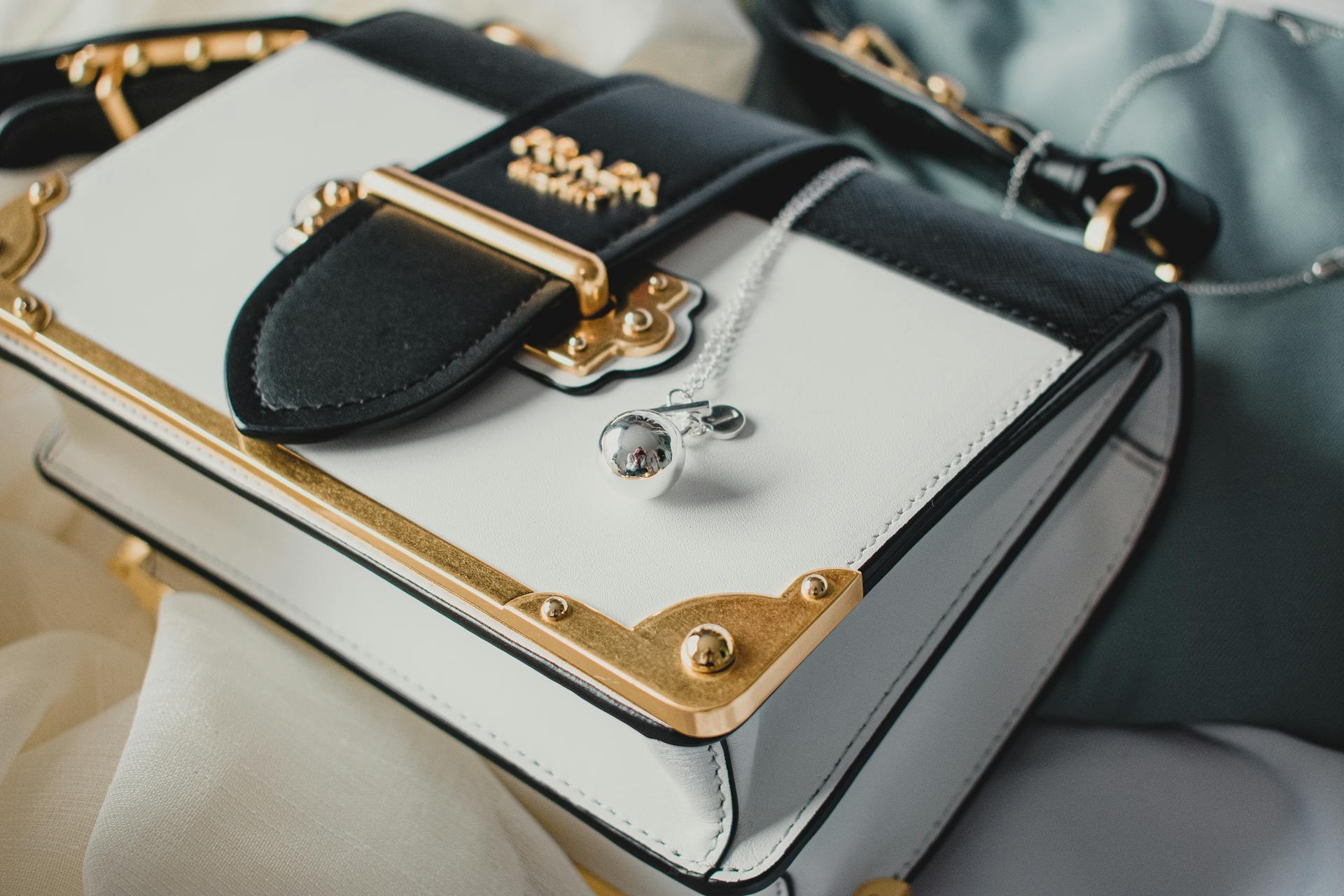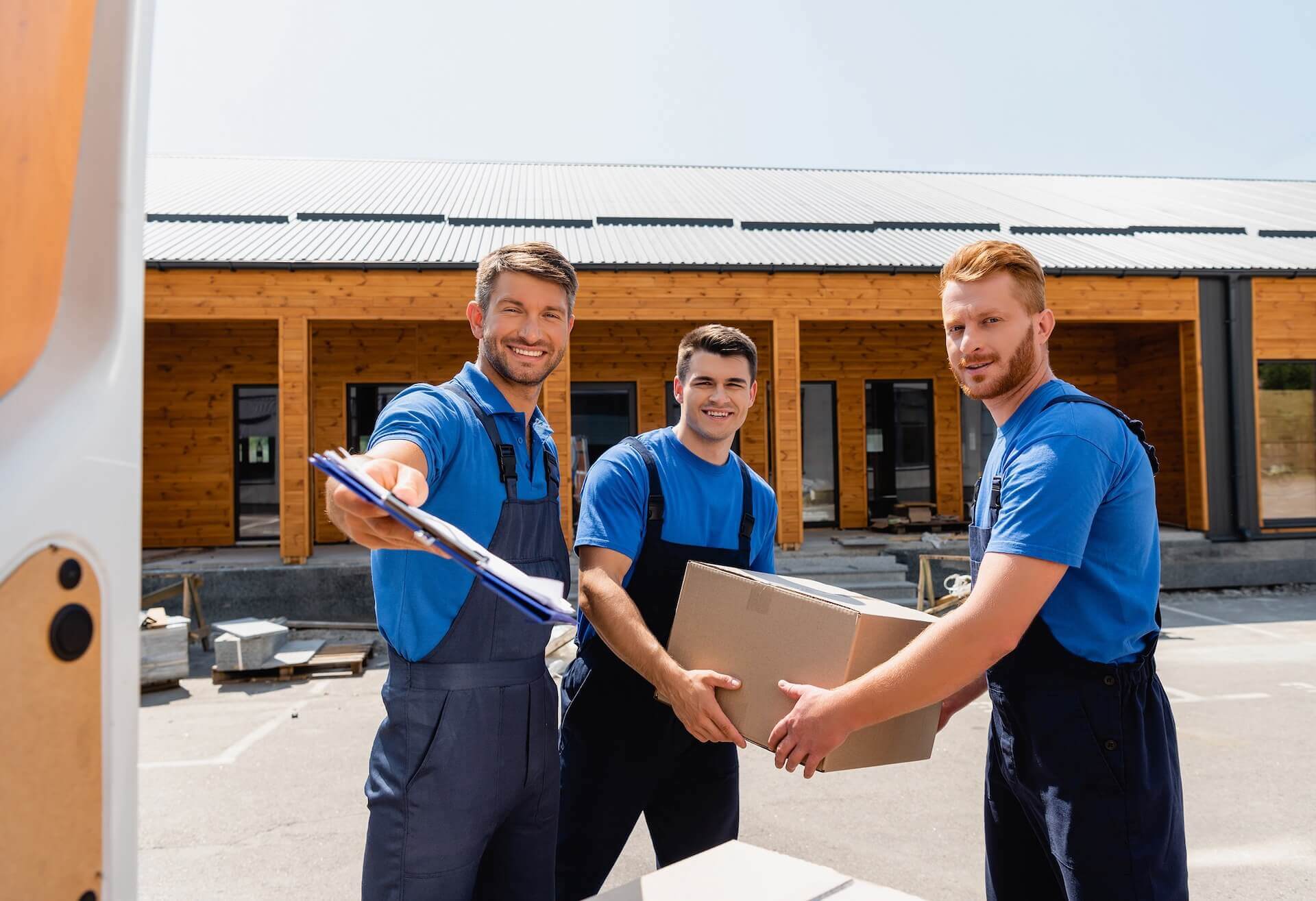Bubble wrap, often the unsung hero of moving overseas, has long been a trusted ally in safeguarding our valuables. But are we maximizing its potential – how to use bubble wrap for packing adequately? When relocating to another state, using bubbles effectively can make all the difference. Dive into our comprehensive guide and discover tips and techniques to pack like a true professional. The road to expert-level packaging begins here!
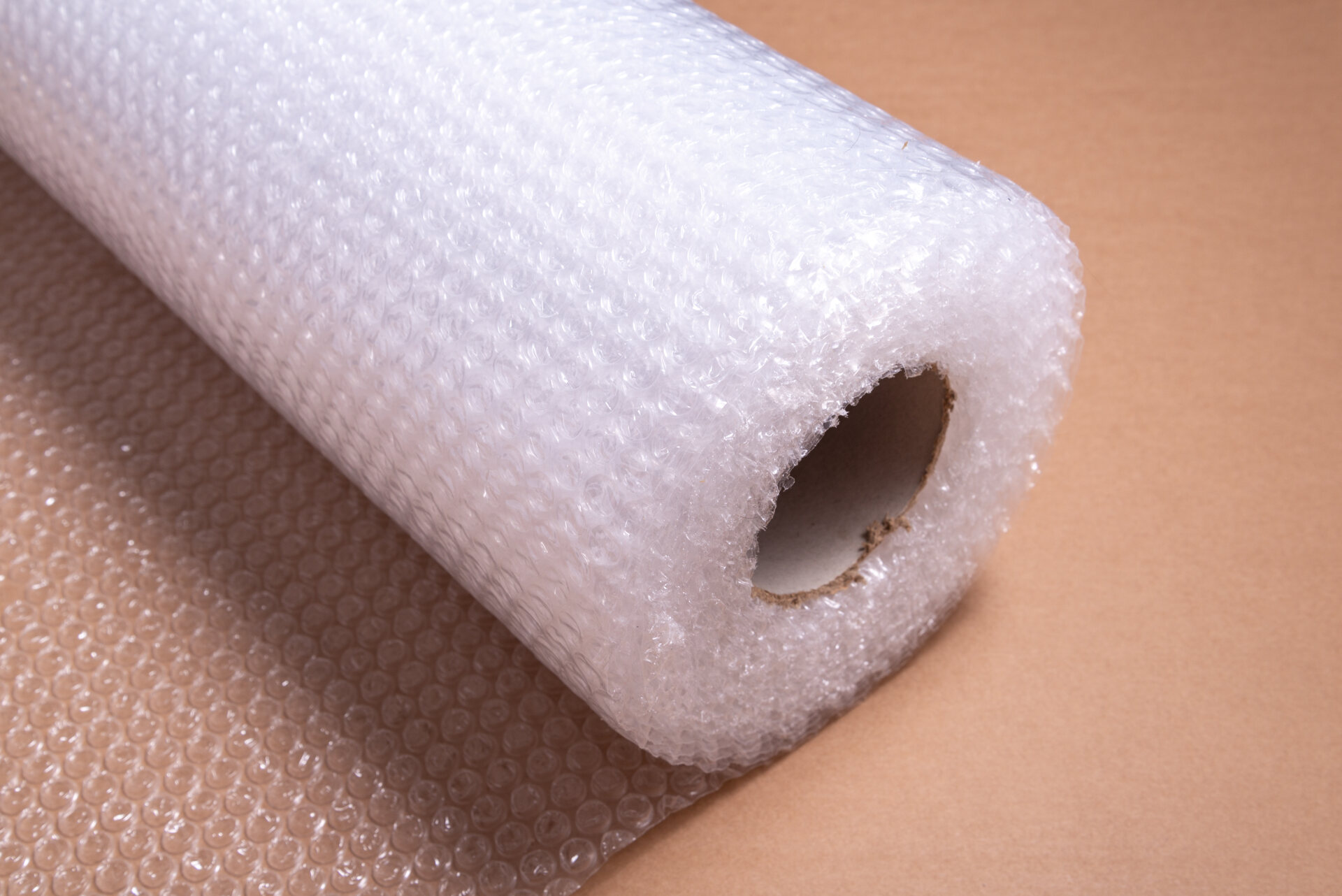
To use bubble wrap, first, you need to figure out how much of the material you’ll need. Next up, it’s time for cutting and prepping. Be sure to learn which items shouldn’t be wrapped in this material, and then proceed to wrap those that should – fragile items, electronics, furniture, art, and collectibles. Learn how to reuse the material so it doesn’t go to waste. Once you’ve packed all your belongings, choose a relocation company – you will need to hire movers for relocation services. If you don’t want to pack on your own, you can also hire them for packing assistance.
What Is Bubble Wrap?
This universally recognized packaging material wasn’t initially invented for protection. In 1957, engineers Alfred Fielding and Marc Chavannes aimed to create a textured wallpaper by sealing two shower curtains together. Although their wallpaper idea didn’t take off, they quickly realized the potential of their invention for packaging. By 1960, it became a relocation essential for ensuring the safe transport of fragile items to a new home.
Constructed from polyethylene film with uniformly distributed air-filled bubbles, this packaging material provides cushioning that absorbs shocks during transit. Over the years, various types have emerged. Some feature larger bubbles, offering more cushioning suitable for large items, while others with smaller bubbles are perfect for wrapping delicate, smaller products. Beyond size, anti-static bubbles exist for electronic items, ensuring they’re not just protected from physical shocks but also from static electricity.
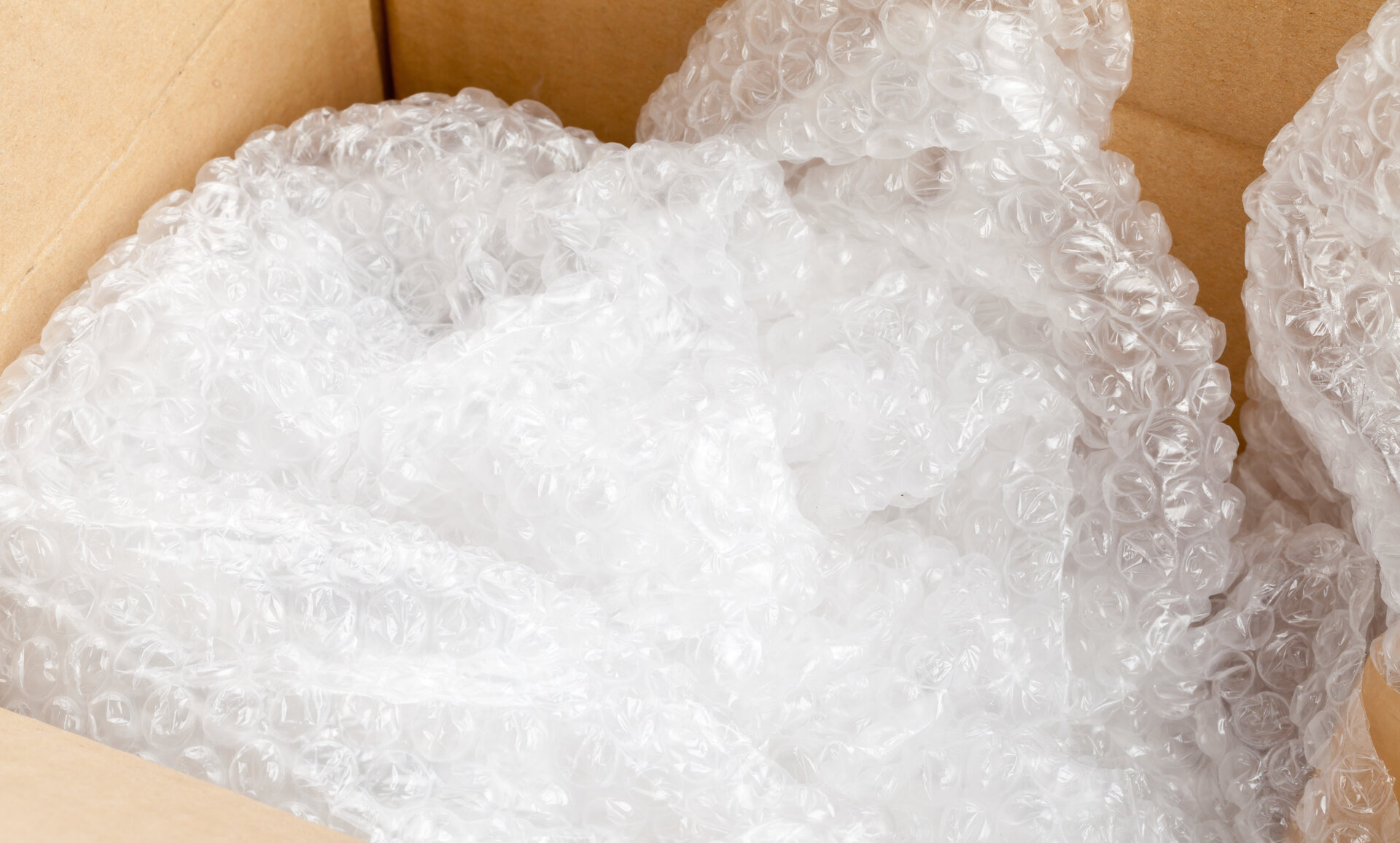
Why Use Bubble Wrap When Moving Internationally?
Bubbles stand as a packing favorite when relocating abroad for a myriad of reasons. Foremost, the material provides unparalleled protection, with air-filled bubbles acting as cushions, ensuring the safety of fragile items. Beyond mere protection, the material offers insulation, guarding against temperature fluctuations – vital for items sensitive to heat or cold.
This versatile packaging material also doubles as a space filler, preventing items from jostling inside boxes. As you prepare for packaging, integrating bubble wrap into your packaging strategy not only secures your valuables but also offers peace of mind, knowing that your belongings have the best defense against potential transit hazards.
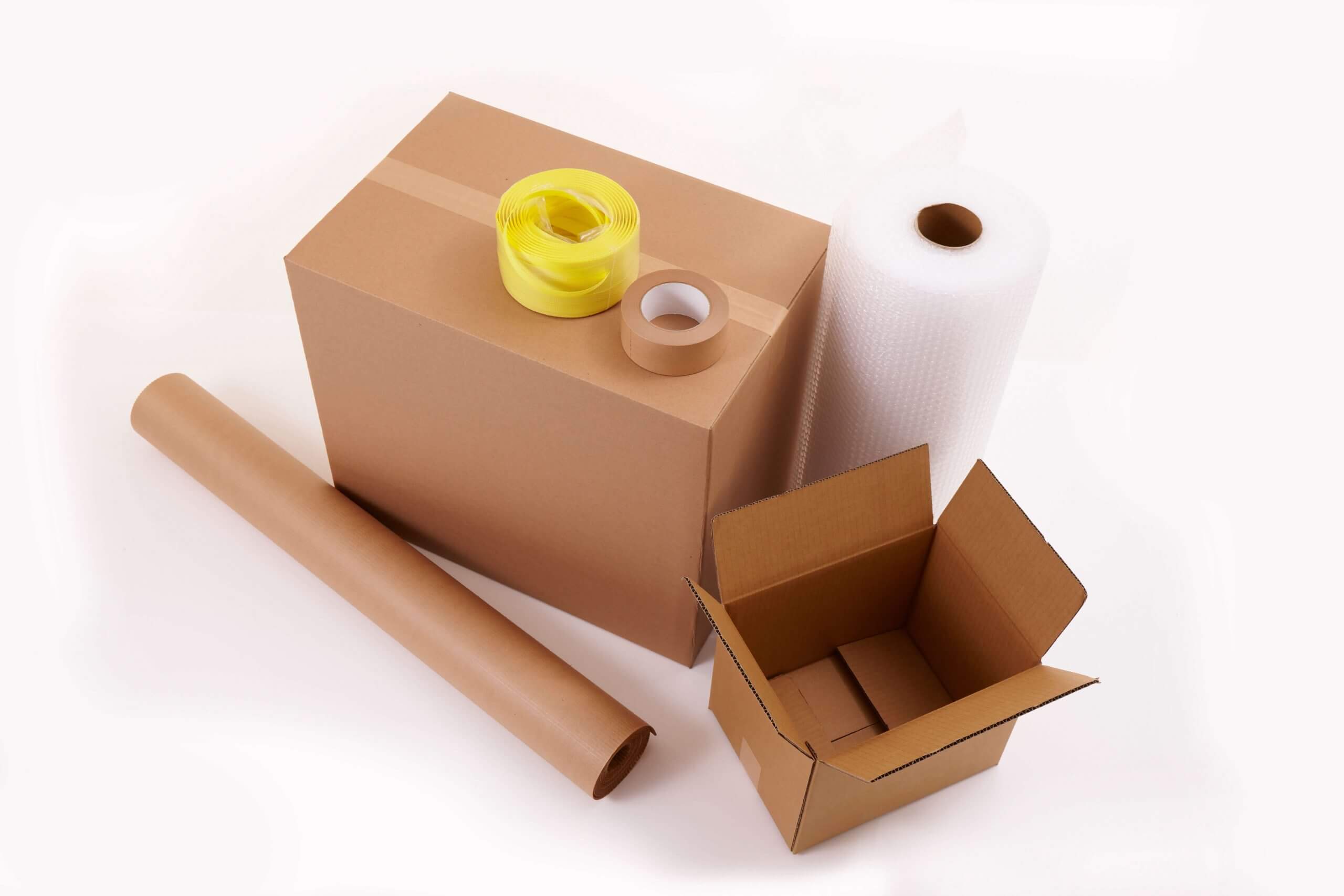
How to Use Bubble Wrap – Know All About Sizing and Quantity
To ensure items are well-protected, choosing the right amount and size of bubbles is crucial. Our relocation tip would be to begin by listing down items requiring this packaging supply. Larger, fragile items like vases or electronics generally need more wrap and larger bubbles for optimum protection.
Conversely, smaller items like glassware benefit from smaller bubbles that fit snugly around them. Once you’ve identified the belongings, it’s important to estimate the surface area of each item in order to calculate your bubble wrap needs. Always add an extra 10-15% for overlap and potential mistakes.
Cutting and Prepping
Before wrapping, you’ll need to cut and prep the material. Roll it out on a flat surface. Using sharp scissors or a utility knife, cut the wrap into sections based on your prior estimations. Remember, it’s better to cut a larger piece than you think you might need – it can always be adjusted later. Secure the wrap using packaging tape, but avoid placing tape directly on delicate surfaces as it might leave residue or cause damage when unpacked.
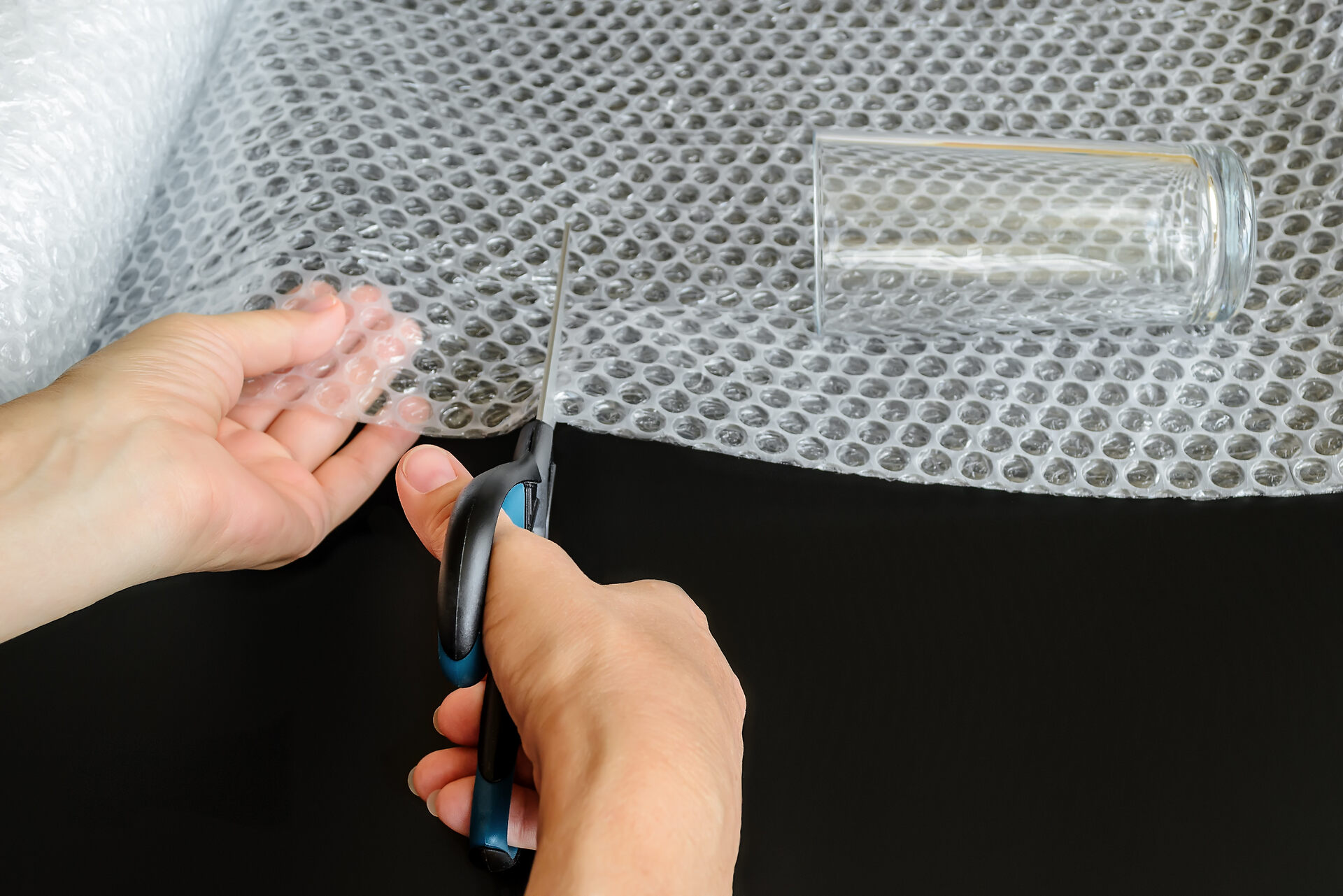
Bubble Side – In or Out
A frequent question about bubble wrap is which side to use against the item. For optimum protection, the bubble side should face in, contouring to your item, while the smooth side should face out. This configuration provides maximum cushioning and reduces the risk of the bubbles bursting under pressure.
Remember to Secure the Wrap
Ensuring that bubbles stay in place is paramount for effective protection. Packing tape is the ideal tool for this task. After wrapping an item, use the tape generously to secure the bubbles in place, especially around corners, edges, and any overlapping sections. However, refrain from placing tape directly on the surface of valuable items to prevent residue or potential damage during unwrapping. Instead, always ensure there’s a layer between the item and the bubbles, making the taping process safer and removal easier.
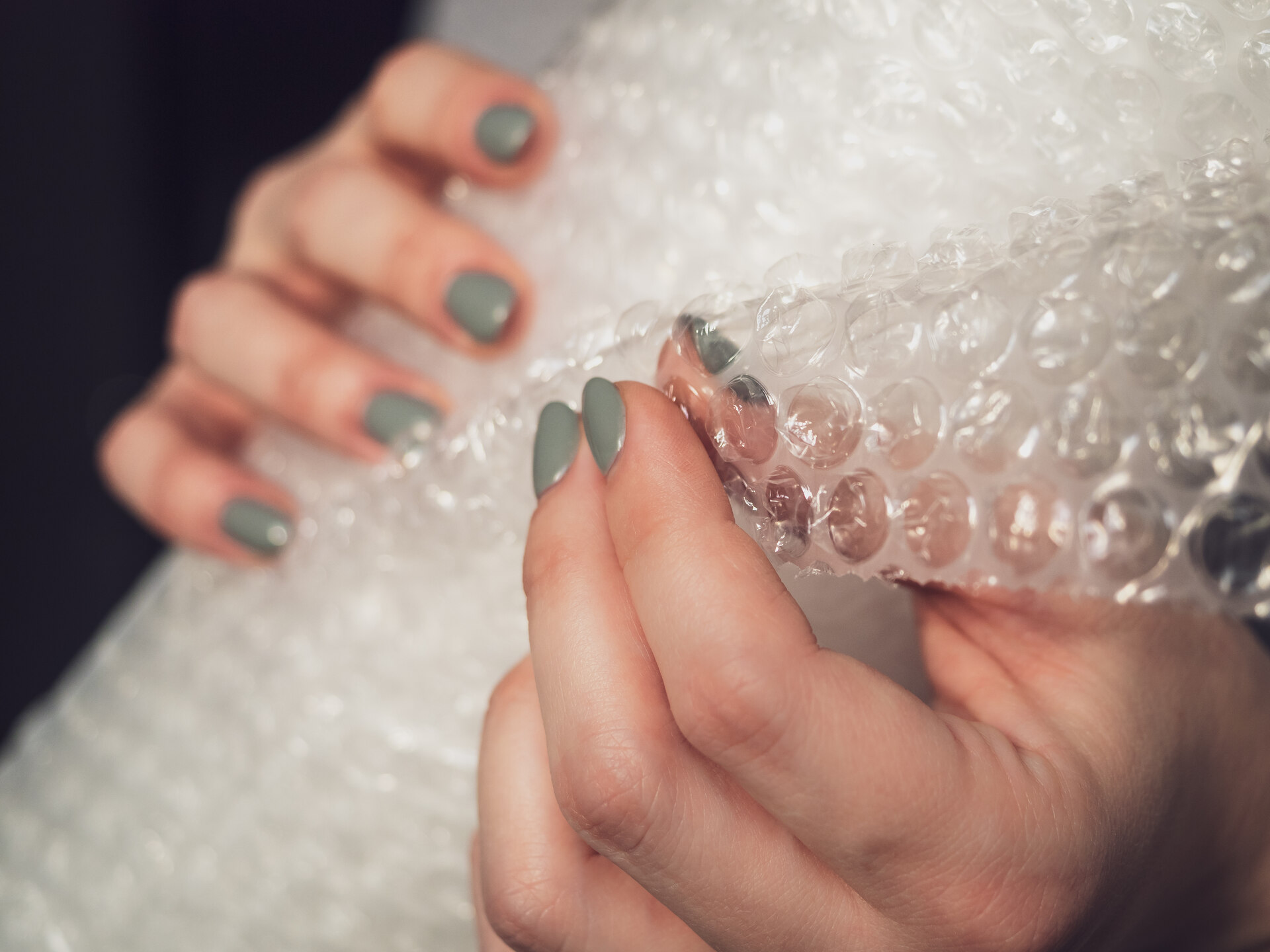
What You Shouldn’t Pack in Bubble Wrap When Moving Abroad
While bubble wrap is versatile and protective, not everything is suited for its embrace. Some items can be damaged or even cause hazards when wrapped in it. Here’s a list of items you shouldn’t wrap in this material when relocating abroad:
- Perishable foods – bubbles can insulate food, potentially leading to spoilage.
- Fine art – direct contact with bubbles can damage certain paints or finishes.
- Leather – it needs to breathe, and bubble wrap can cause moisture retention.
- Plants – they will suffocate and wilt if wrapped in this material.
- Flammable products – the insulating properties can lead to overheating.
Packaging Fragile Items
Ensuring the safety of fragile items begins with meticulous wrapping. When wrapping dishes, begin by laying out a large piece of bubble wrap flat on the table. Place the dish at one end and roll, ensuring each dish is separated by a layer of wrap. Once fully wrapped, secure the ends with tape. For wrapping glasses, stuff the inside with crumpled paper for added internal protection, then wrap the exterior with bubble wrap, taping it securely. Always pack these items vertically in boxes, cushioning the box’s base and sides with extra wrap or crumpled paper.
Special Tips for Glass and Ceramics
Glass and ceramic cookware require added attention due to their inherent fragility. Always double-wrap extremely delicate items. A layer of soft packaging paper followed by a layer of bubbles can offer dual protection. Avoid overloading boxes with these items – use several smaller boxes, minimizing the risk of crushing. Additionally, when sealing the box, clearly mark it as “Fragile” and “This Side Up” to inform movers of the care required. Regularly shake the box lightly during packing – the absence of movement inside indicates well-cushioned contents.

Packing Electronic Devices
Electronics, with their sensitive components, require careful wrapping. For devices like laptops, tablets, and phones, start by turning them off. If possible, place them back in their original boxes, as these are designed for optimal protection. If the original packaging isn’t available, you can wrap the device in a soft cloth or foam sheet, providing a buffer against scratches. Wrap the device securely, ensuring all corners and surfaces are adequately covered. The goal is to provide a cushion against potential impacts and drops during transit.
Using Anti-Static Bubbles
Standard bubbles can generate static electricity, which can be potentially harmful to devices. This is where anti-static bubbles come into play. This specialized wrap prevents the build-up of static electricity, safeguarding the devices’ internal components from static discharge. When packing sensitive equipment like hard drives, cameras, or computers, it’s always wise to opt for anti-static bubbles. The pink color typically distinguishes it from its regular counterpart.
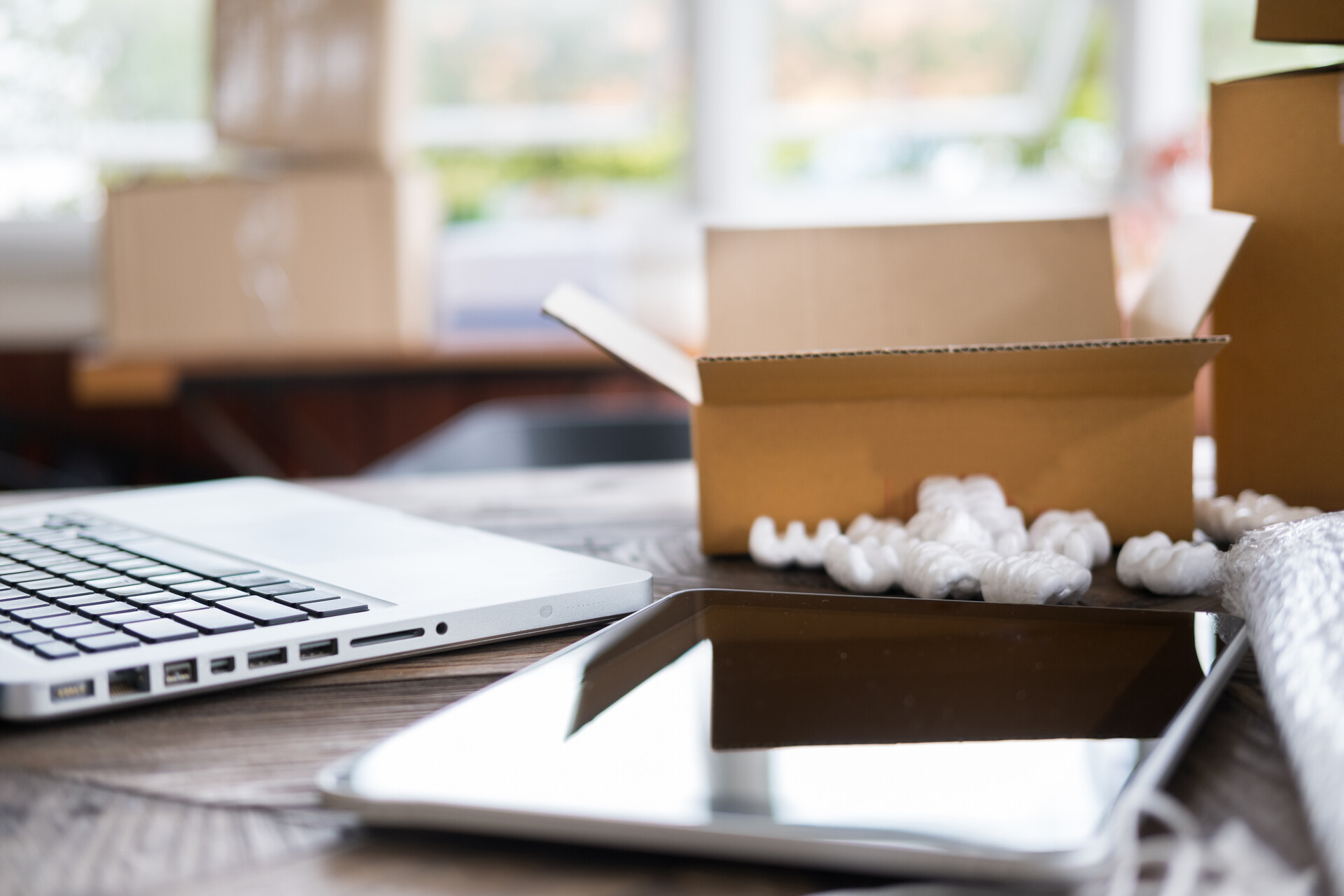
Packing Furniture and Large Items
When it comes to packaging furniture and sizable household assets, bubble wrap offers that essential buffer against scratches, dents, and other potential damages. Start by disassembling any removable parts. For items like tables or dressers, focus on corners and protruding sections, as these are most susceptible to damage.
Lay a strip of bubbles over these areas, ensuring ample overlap. Secure with tape, but avoid placing it directly on the furniture’s surface to prevent residue. For upholstered items, a preliminary wrap with a thin plastic sheet can be useful – it will protect against dirt before applying bubbles for cushioning.
Combining With Other Materials
Bubbles are often most effective when used in tandem with other packaging materials. For instance, moving blankets can be draped over furniture pieces to protect against scuffs and then secured using stretch wrap. After that, you can apply bubble wrap to delicate or vulnerable areas for added cushioning.
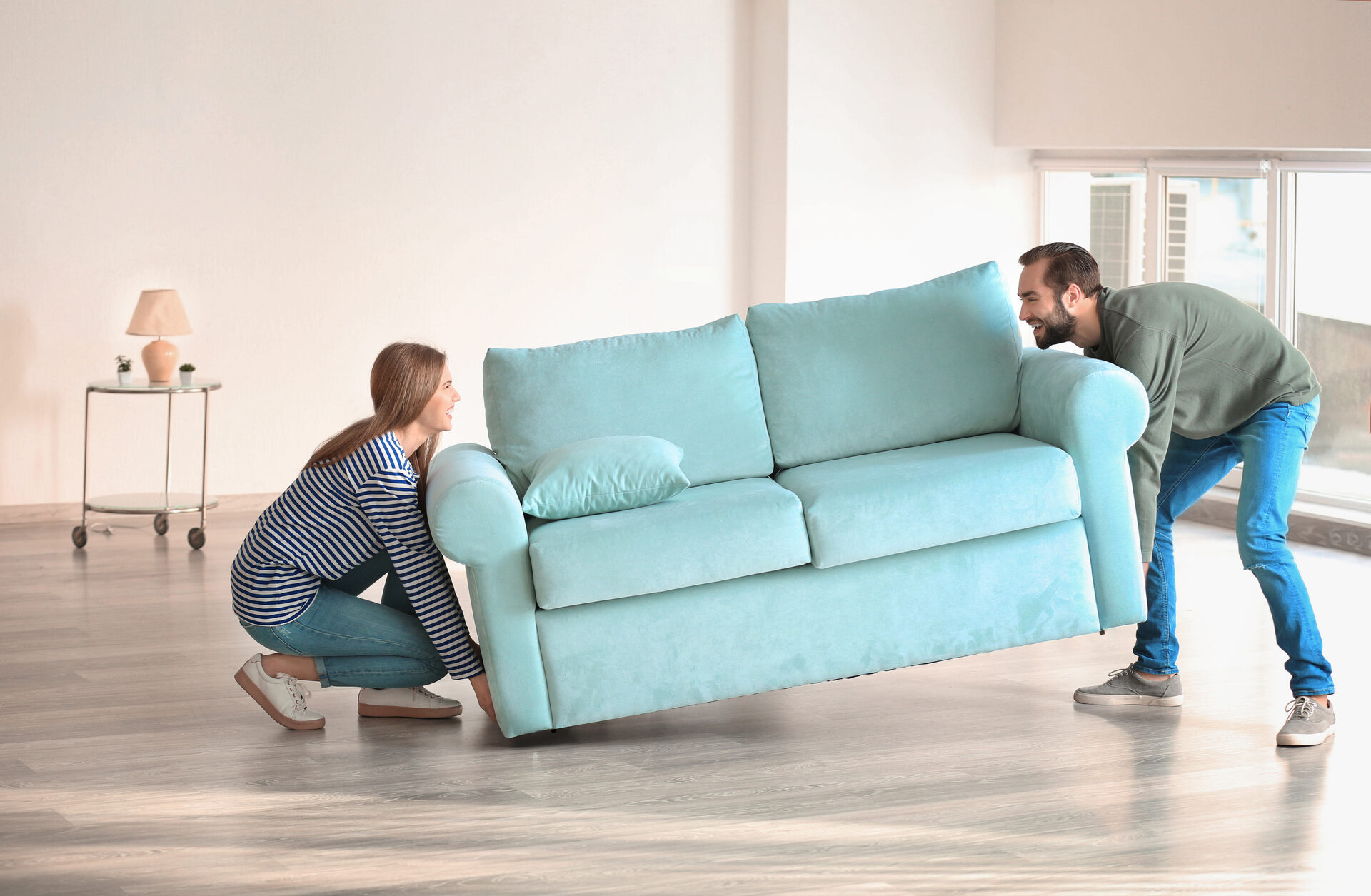
Packing Art and Collectibles
Art and collectibles often hold significant sentimental and monetary value. Ensuring their safe transportation begins with understanding their specific needs. Always use gloves when handling these items to prevent smudging or tarnishing. How to wrap a picture frame? Frame artwork, especially those under glass, should be taped in an ‘X’ pattern over the glass surface.
This precautionary step prevents glass shattering inwards, damaging the art, should any accidents occur. The art piece should then be wrapped with a layer of acid-free tissue paper before adding bubbles for cushioning. A common relocation mistake when packing collectibles is placing them too closely together inside a box. This can lead to friction or pressure points, resulting in damage. Instead, ensure each item is individually wrapped and spaced apart, cushioned by packing peanuts or crumpled paper.
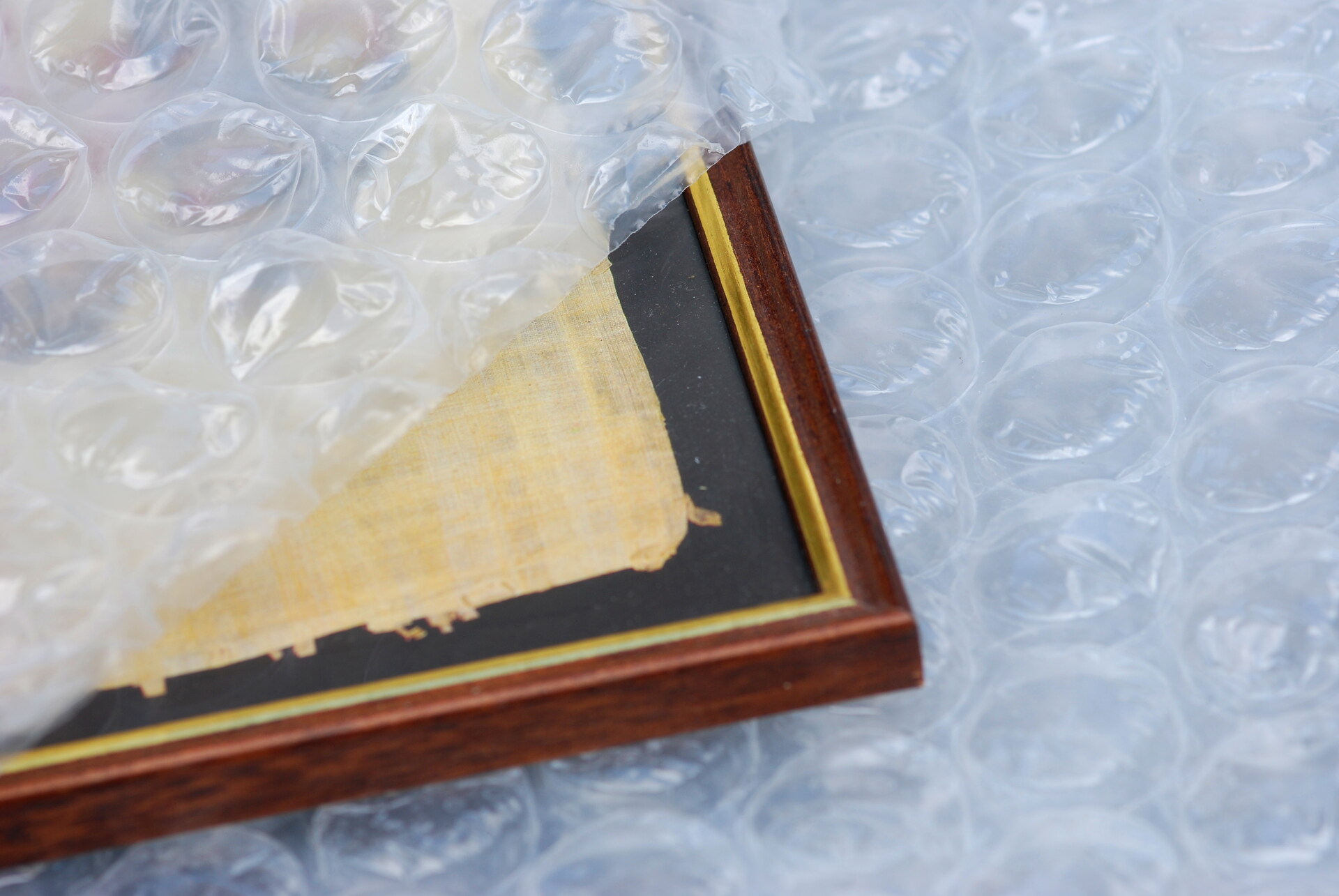
Avoiding Waste – Tips on Reusing and Recycling Bubbles
This material, as versatile as it is protective, doesn’t have to be for one-time use. Prolonging its lifecycle reduces environmental waste and provides cost savings. First and foremost, when unpacking after the move, carefully cut the tape instead of ripping the wrap apart, preserving its integrity for future uses.
Store it flat or rolled up in a dry space to maintain its cushioning ability. For those looking to reduce their ecological footprint, many recycling centers now accept this material. It’s usually processed with other soft plastics, so ensure it’s clean and free from tape residues before dropping it off.
What Are the Alternatives to Bubble Wrap?
While this is a popular choice for protecting items during a relocation with an overseas moving company, it’s not the only option available. Depending on the nature of the items you’re packing and your environmental preferences, several alternatives can provide adequate protection. Some of these options include:
- Packing paper offers a cushioned layer and fills voids in boxes.
- Newspaper is a widely available option, but note the potential for ink transfer.
- Biodegradable packing peanuts are environment-friendly and provide good cushioning.
- Old linens or clothing are great for wrapping and padding, but consider their cleanliness.
- Air pillows are inflated pouches that offer good protection for lighter items.
- Corrugated cardboard inserts provide structure and protection, especially for flat items.
Reach Out to I Love International Moving, and Our Overseas Shipping Company Will Help You Relocate Smoothly
Embarking on an international move is both thrilling and daunting. The prospect of shipping overseas and settling in another country brings a myriad of emotions, from excitement to anxiety about relocating. I Love International Moving understands these sentiments, and that’s why we stand out as a trusted partner in overseas relocations. With years of experience under our belt, our team has perfected the art of smooth moving services.
Our commitment isn’t just about shipping belongings – it’s about ensuring a stress-free experience for our clients. Partnering with I Love International Moving means entrusting your relocation to experts dedicated to making your transition as effortless as possible. Contact us to get a free quote and move efficiently with our international moving company!
FAQ
Absolutely. It can be reused as long as the bubbles remain intact. If you’ve received packages with it, simply store it flat to prevent the bubbles from popping, and it’ll be ready for use again. Reusing not only saves money but also aligns with eco-friendly practices by reducing waste.
Yes, it is recyclable, but not all curbside recycling programs accept it. Before placing it in your recycling bin, check with local recycling guidelines. Another option is to take it to a local drop-off station that accepts plastic film, commonly found at supermarkets or recycling centers.
The amount depends on the number of fragile items and their sizes. As a general rule, for a moderately furnished one-bedroom apartment, roughly 200 to 300 square feet might be needed. However, always overestimate a bit to ensure you have enough.
Yes, it can be used for long-term storage, especially for fragile items. When using it, ensure items are dry to prevent trapped moisture. Over time, moisture can lead to mold or mildew growth. It’s essential to periodically check stored items for any signs of damage.
For those seeking other protective packaging solutions, consider using packaging paper, which is both dense and malleable. Old newspapers can also cushion items, though be mindful of ink transfer. Biodegradable air peanuts offer an eco-friendly substitute for traditional packaging peanuts. Cardboard dividers can effectively segment fragile items, while repurposed blankets and towels serve as convenient cushioning. Each alternative provides a blend of protection and sustainability.
It can be obtained from local office supply stores, home improvement retailers, and relocation companies. Many online retailers also offer various sizes and bulk options. Additionally, some local community boards or marketplaces may have listings for used or excess bubble wrap at discounted rates or for free.
